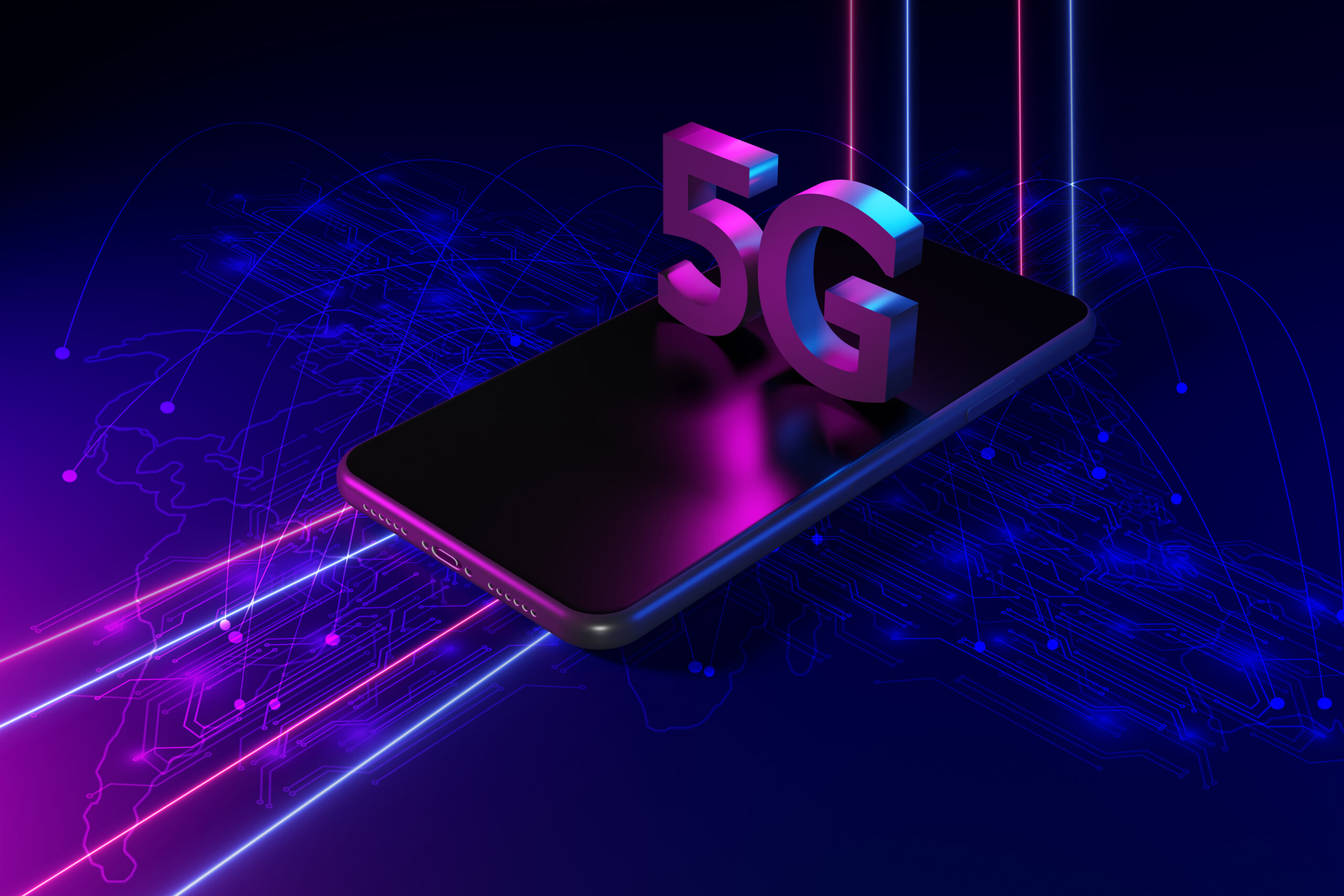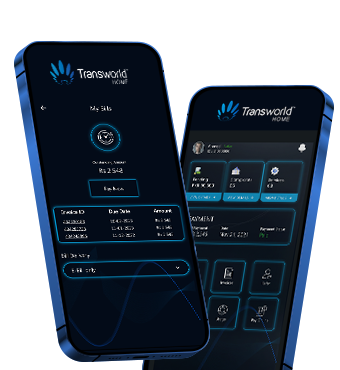Latency Showdown: 4G vs 5G Differences

Explore the key differences in latency performance between 4G and 5G networks.
Understanding Latency in Mobile Networks
In addition to the technical definition of latency, it’s important to understand the real-world implications of this crucial aspect of mobile networks. Picture this: you’re trying to load a webpage on your smartphone, and it seems to take forever to fully load. That frustrating delay you experience is directly related to latency. The time it takes for your device to communicate with the network, retrieve the data, and display it on your screen is what determines your overall browsing experience.
Think about the last time you streamed a video or participated in a video call. Any delays or buffering issues you encountered were likely due to latency. The lower the latency, the smoother and more seamless your online activities become. It’s like having a direct line of communication between your device and the internet, ensuring that your requests are processed quickly and efficiently.
Ultimately, the goal of minimizing latency in mobile networks is to enhance user satisfaction and optimize performance. By reducing the time it takes for data to travel back and forth, 5G networks are revolutionizing the way we interact with technology, opening up endless possibilities for innovation and connectivity.
The Evolution from 4G to 5G
4G and 5G are generations of mobile networks that differ in terms of technology and capabilities. 4G, also known as LTE (Long-Term Evolution), was introduced in the late 2000s and brought significant improvements in terms of data speeds compared to its predecessor, 3G.
On the other hand, 5G is the next generation of mobile networks that promises even faster speeds, lower latency, and the ability to connect a massive number of devices simultaneously. It utilizes advanced technologies such as millimeter waves, massive MIMO (Multiple-Input Multiple-Output), and beamforming to achieve these improvements.
One of the key differences between 4G and 5G is the reduction in latency. While 4G networks typically have a latency of around 20-30 milliseconds, 5G networks aim to achieve latency as low as 1 millisecond. This significant reduction in latency opens up new possibilities for applications that require real-time interactions, such as autonomous vehicles, remote surgery, and virtual reality gaming.
Impact of Latency on User Experience
Latency plays a crucial role in determining the user experience in various applications. High latency can result in delays and lag, leading to a frustrating user experience. For example, in online gaming, even a slight delay can negatively impact the gameplay and competitiveness.
In video streaming, latency can cause buffering and interruptions, detracting from the seamless viewing experience. Similarly, in video calls or conferencing, high latency can lead to communication issues and hinder real-time interactions.
By reducing latency, 5G networks aim to deliver smoother and more responsive user experiences across various applications. This improved user experience can enhance productivity, enable new forms of entertainment, and facilitate the adoption of emerging technologies.
Technological Advancements Driving Lower Latency in 5G
Several technological advancements contribute to the lower latency in 5G networks. One of the key technologies is network slicing, which allows for the creation of virtualized network segments optimized for specific applications or use cases.
Additionally, edge computing plays a crucial role in reducing latency by bringing computing resources closer to the network edge. This enables faster processing and response times as data doesn’t have to travel long distances to reach centralized servers.
Moreover, 5G networks employ advanced antenna systems, such as massive MIMO and beamforming, which help optimize signal transmission and reception. These technologies enable more efficient data transfer and contribute to the overall reduction in latency.
Real-World Applications Benefiting from Reduced Latency
The reduced latency in 5G networks opens up a wide range of possibilities for real-world applications. One such application is autonomous vehicles, where low-latency communication is crucial for enabling real-time decision-making and coordination.
Another area that benefits from reduced latency is remote surgery or telemedicine. With low latency, surgeons can perform operations remotely with precision and minimal delay, expanding access to healthcare and expertise.
Virtual reality (VR) and augmented reality (AR) experiences also greatly benefit from lower latency. The reduced delay between user actions and corresponding responses in the virtual environment enhances immersion and realism, making VR/AR applications more engaging and interactive.
Other applications that can leverage the reduced latency in 5G include smart cities, industrial automation, Internet of Things (IoT) devices, and real-time data analytics, among many others.








